Description
Dental Bone File
Dental bone files are specialized surgical instruments used in oral surgery and periodontal procedures to smooth and shape bone surfaces. They are essential in preparing bone for treatments such as extractions, implant placement, bone grafting, and ridge augmentation, ensuring precise contouring and optimal healing.
Design and Features
-
Ergonomic handle – straight or angled for better access to different areas of the mouth.
-
Durable stainless steel construction – provides strength, corrosion resistance, and longevity.
-
Narrow, flat working ends – may be straight, curved, or angled for efficient bone contouring.
-
Single or double-ended design – offers versatility with multiple file shapes in one instrument.
Primary Functions
-
Smoothing bone surfaces – removes sharp edges or irregularities after extractions or grafting.
-
Bone preparation for implants – creates a uniform surface for secure implant placement.
-
Refining bone defects – contours bone margins during ridge augmentation or sinus lift procedures.
-
Removing excess bone tissue – allows controlled shaping with minimal trauma to surrounding tissues.
Clinical Benefits
-
Enhances healing and tissue regeneration.
-
Provides precise bone contouring with reduced trauma.
-
Improves fit and stability for implants and grafts.
-
Versatile use in multiple oral and periodontal surgeries.
Summary
Dental bone files are indispensable tools in oral and periodontal surgery. With their precision design, durable stainless steel construction, and versatile working ends, they allow clinicians to smooth, shape, and refine bone surfaces effectively. By promoting uniform bone contours, these instruments play a vital role in successful implant placement, grafting procedures, and overall surgical outcomes.


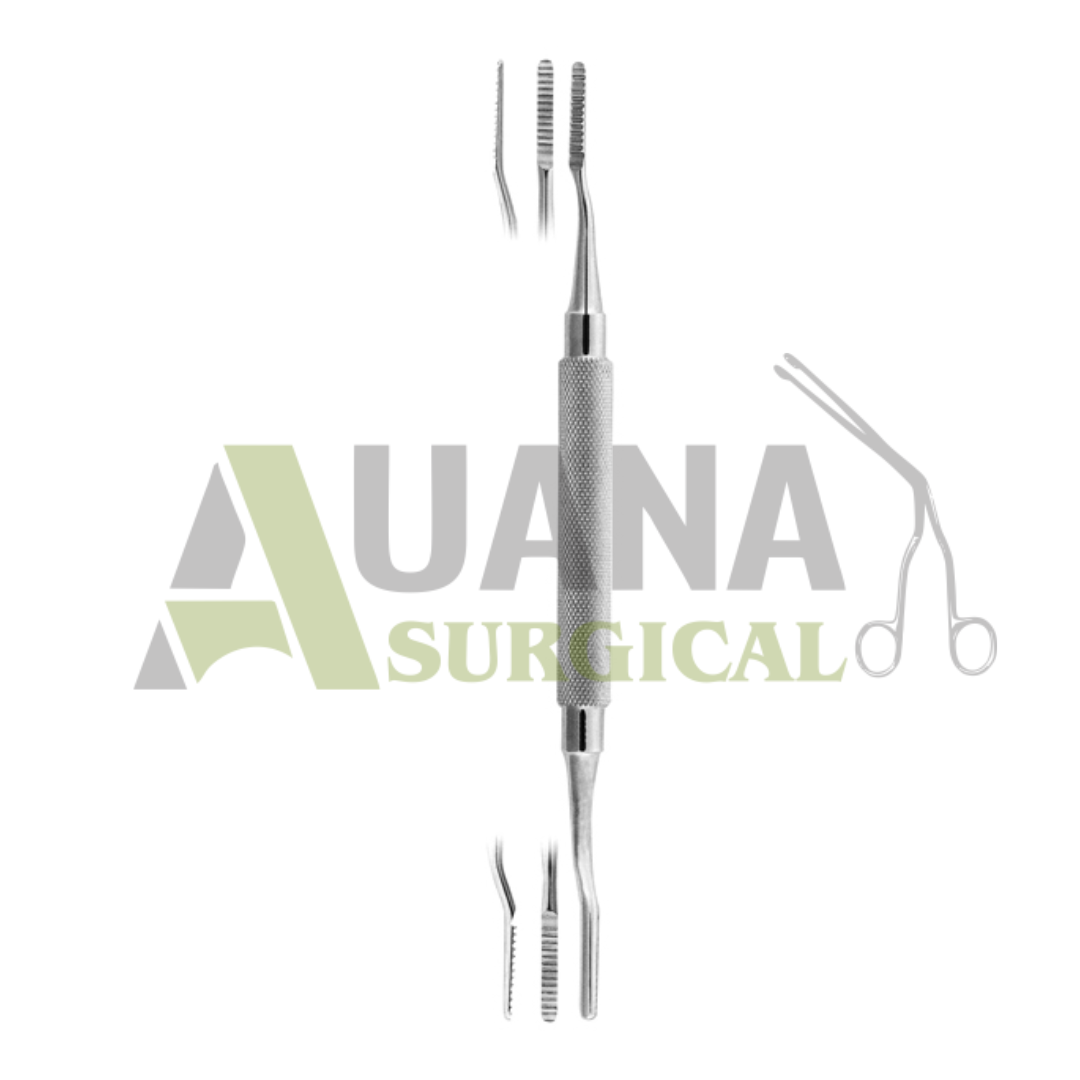

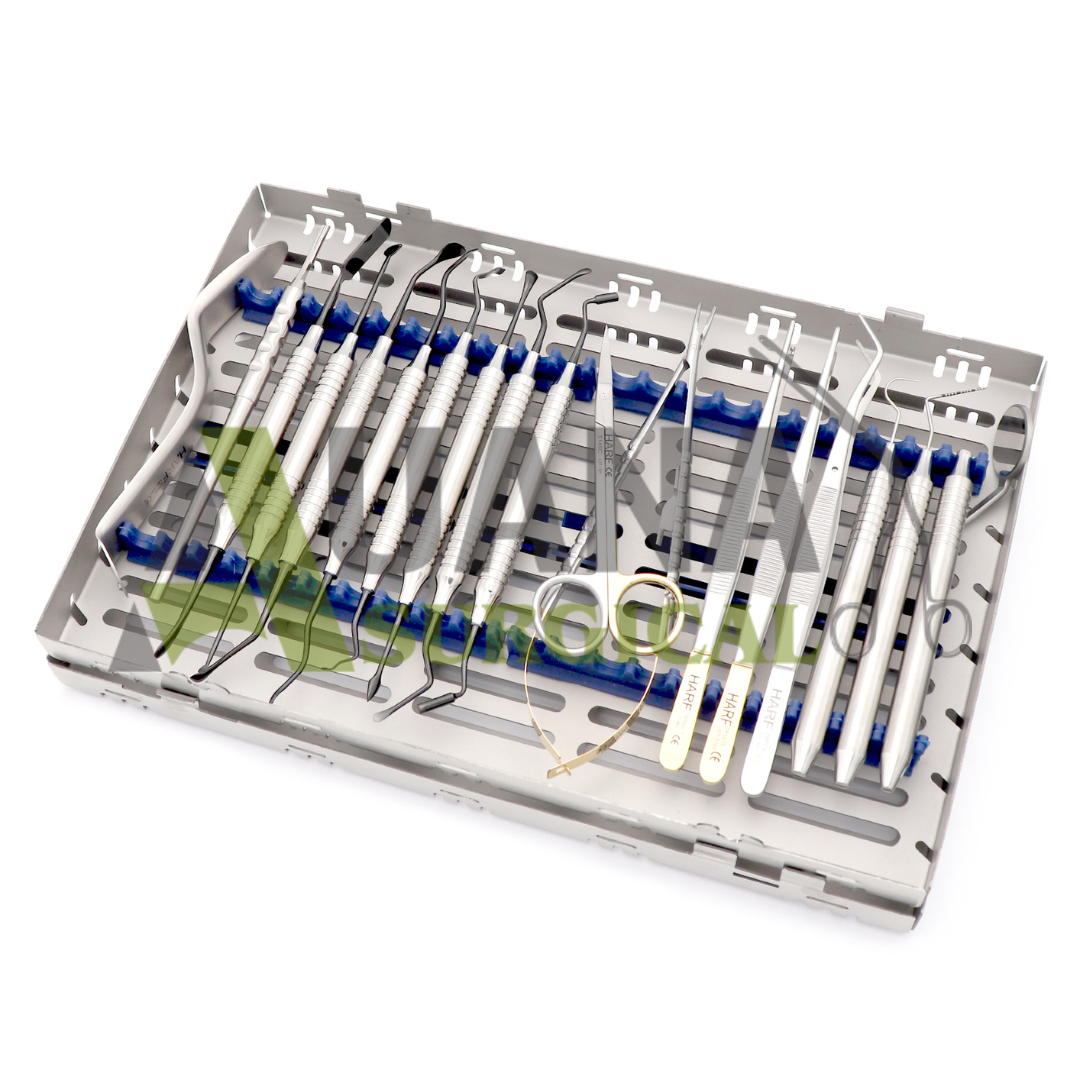
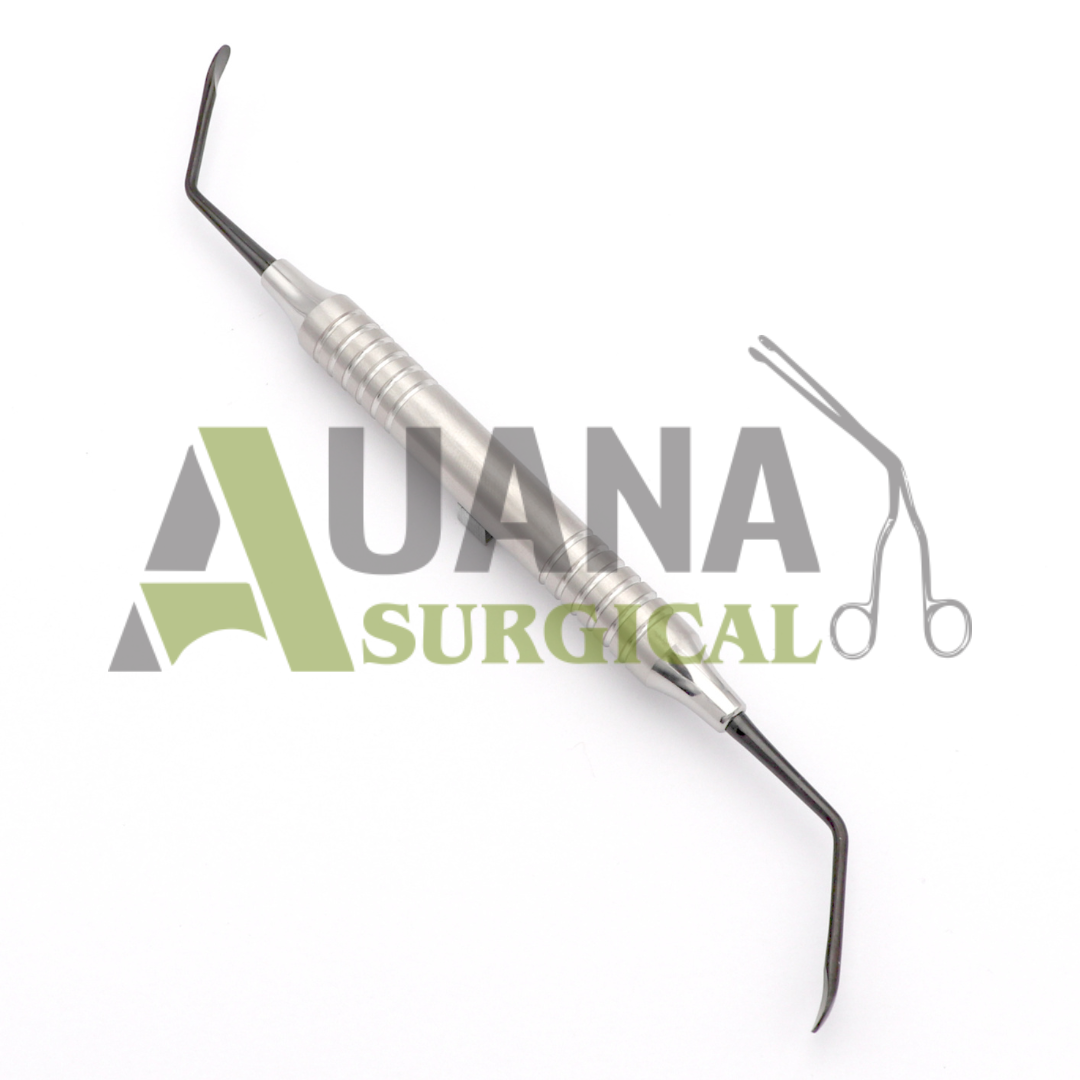
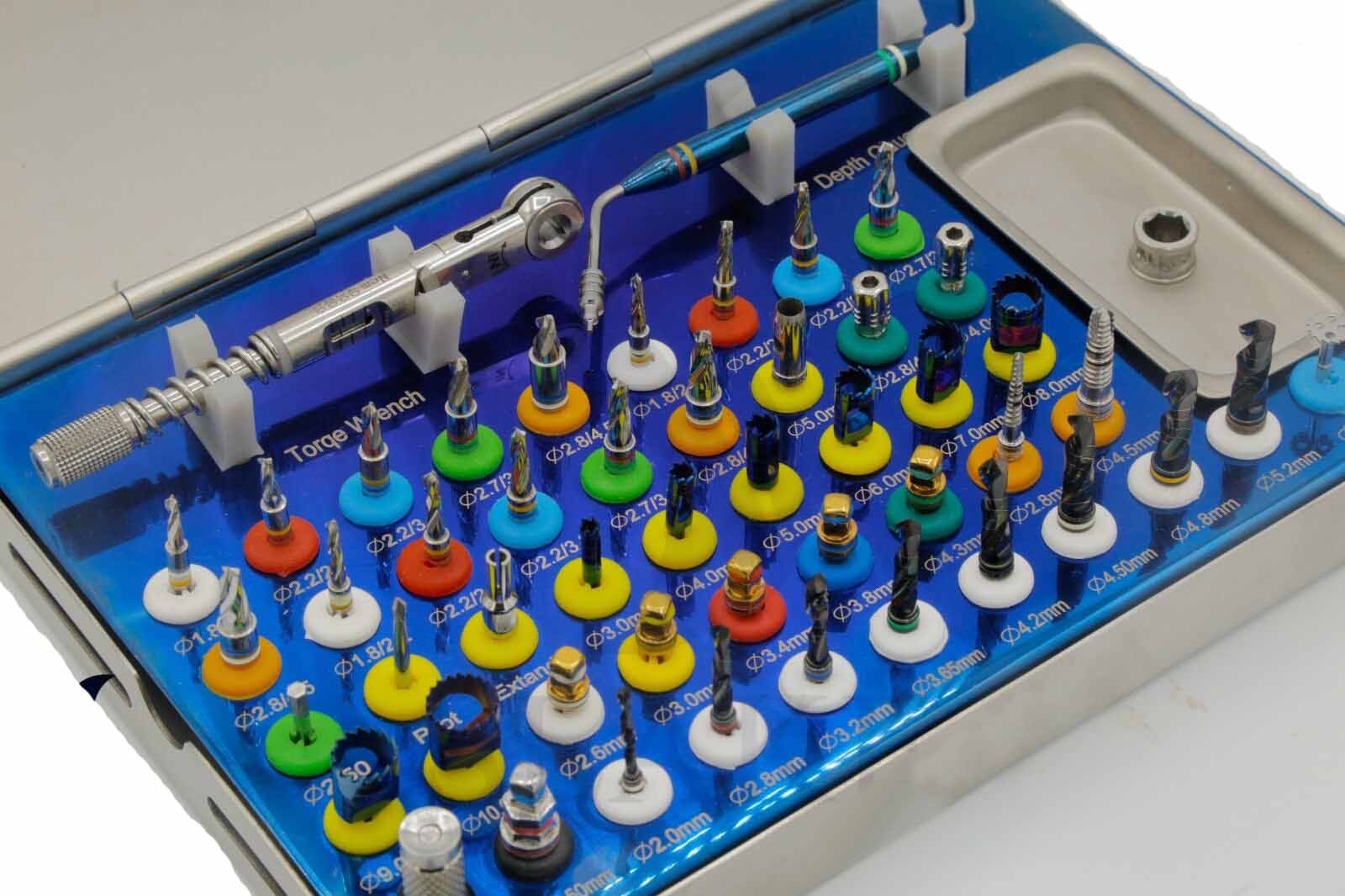
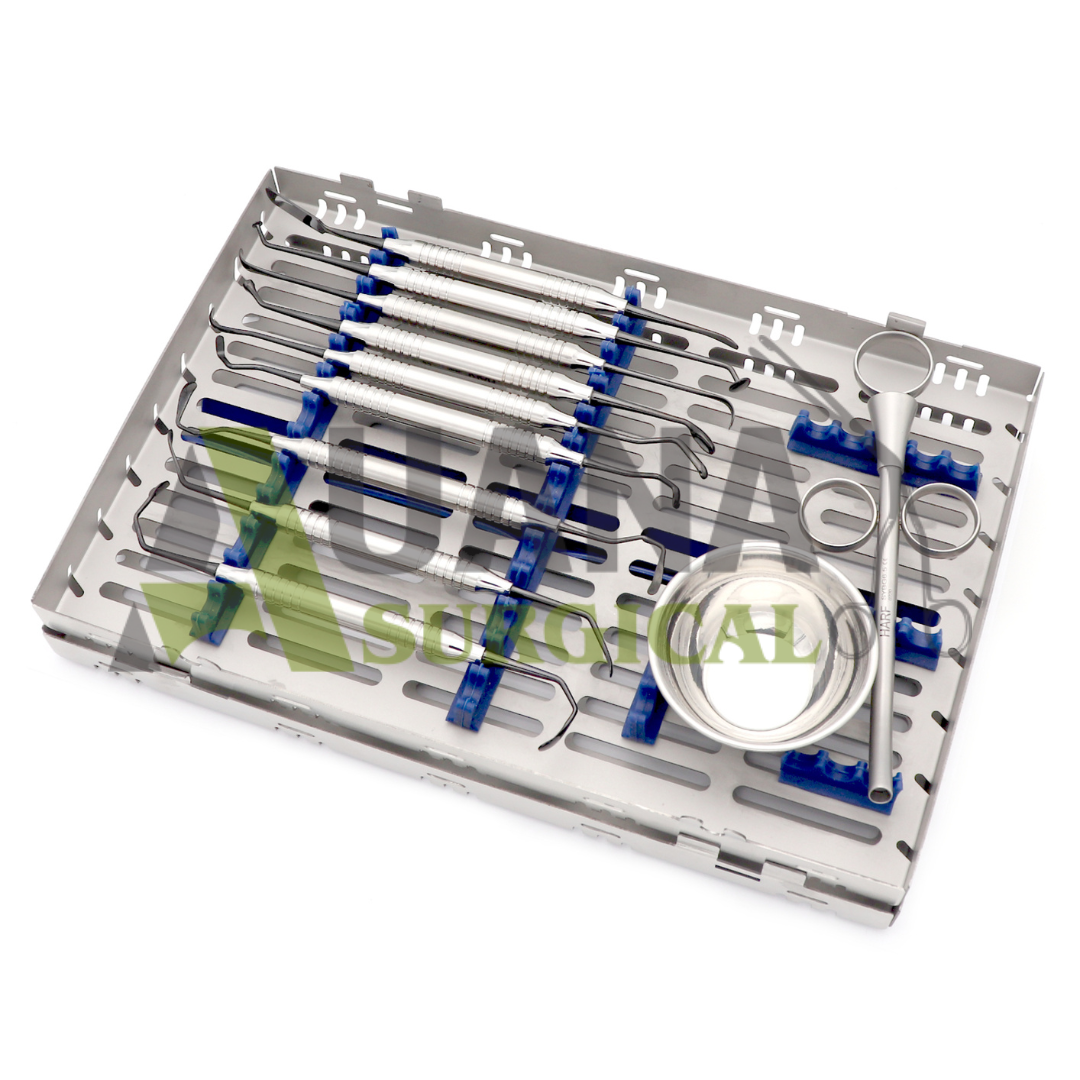
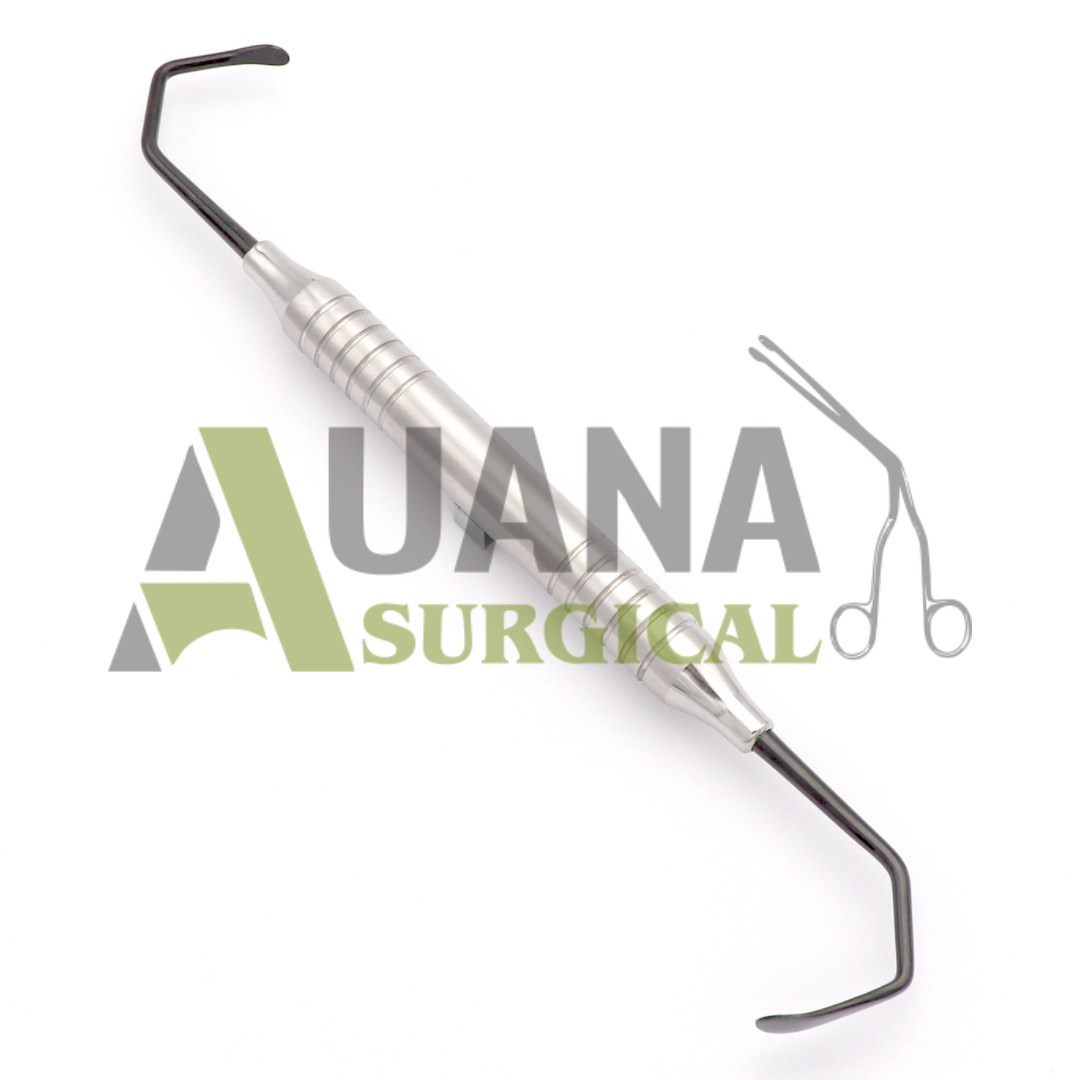
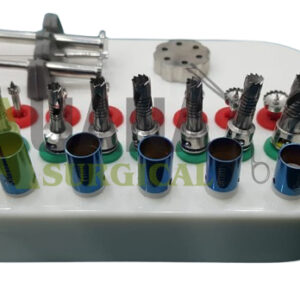
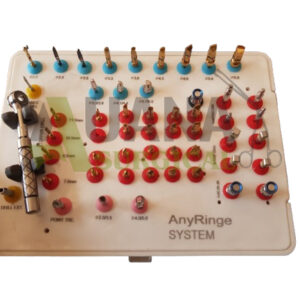
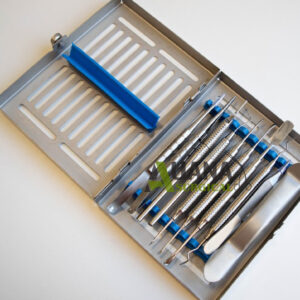
Reviews
There are no reviews yet.